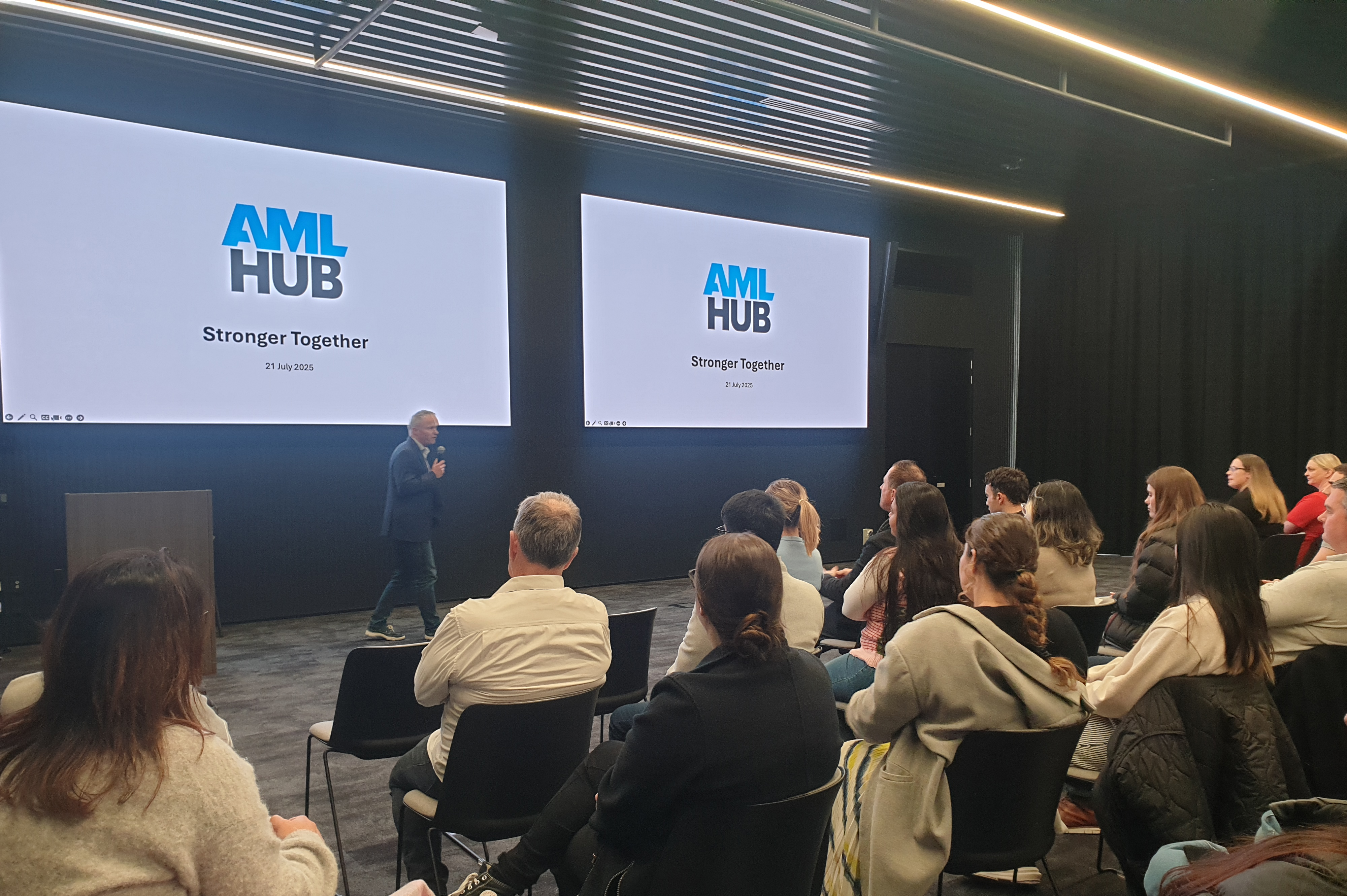
Technology has changed the way businesses manage their Anti Money Laundering (AML) obligations. It's now faster, easier, and more scalable to collect and manage data. AML technology streamlines administration, and makes it easier to keep up with every day compliance tasks.









